Peek into the Rural Retreat of a 19th Century Political Family in Jamaica, Queens
If you had to name a house in New York that was home to an anti-slavery advocate, Revolutionary War veteran, ambassador, governor of New York and U.S Congressman, what would leap to mind?

The dining room enlarged by Rufus King in the early 19th century
If you had to name a house in New York that was home to an anti-slavery advocate, Revolutionary War veteran, ambassador, governor of New York and U.S Congressman, what would leap to mind? It should be King Manor in Jamaica, Queens, an 18th century residence that served as the King family home for over 90 years.
The King family might not immediately jump out from the recesses of your U.S. history memories, but Rufus King and his son John Alsop King were influential movers and shakers in New York and U.S politics in the 19th century.
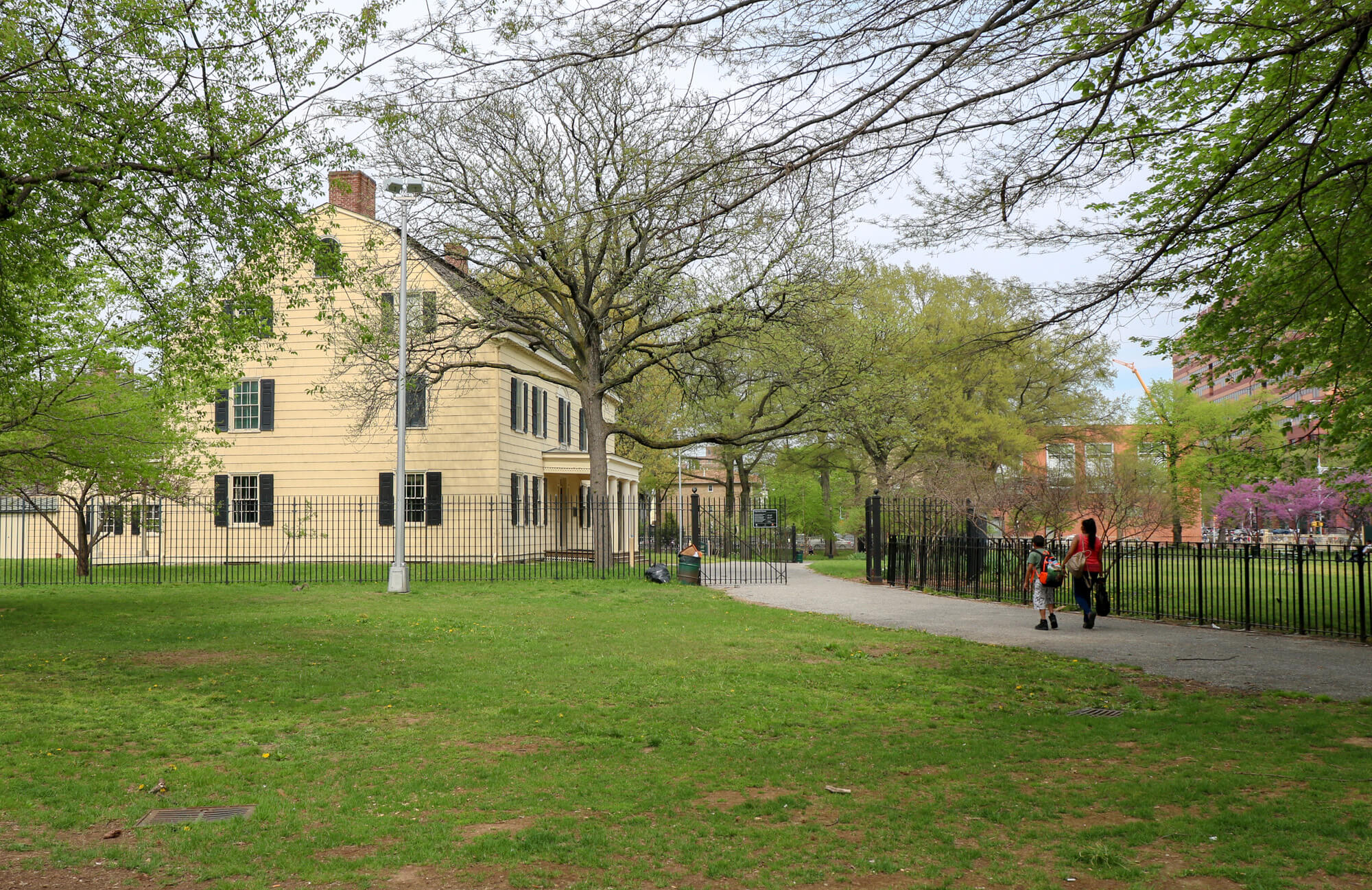
Rufus was a member of the Continental Congress, a signer of the U.S. Constitution and a U.S. Senator. He was also an anti-slavery advocate, urging a halt to the spread of slavery during a speech on the floor of the Senate in 1819. His son John followed him into politics, serving in the New York State Assembly and Senate, U.S. Congress and as governor of New York from 1857-1859.
Rufus, originally from Maine, spent a chunk of his political career in Massachusetts before moving to New York in the late 1780s. He married New Yorker Mary Alsop in 1786 and the two would have seven children, only five of whom survived past childhood.
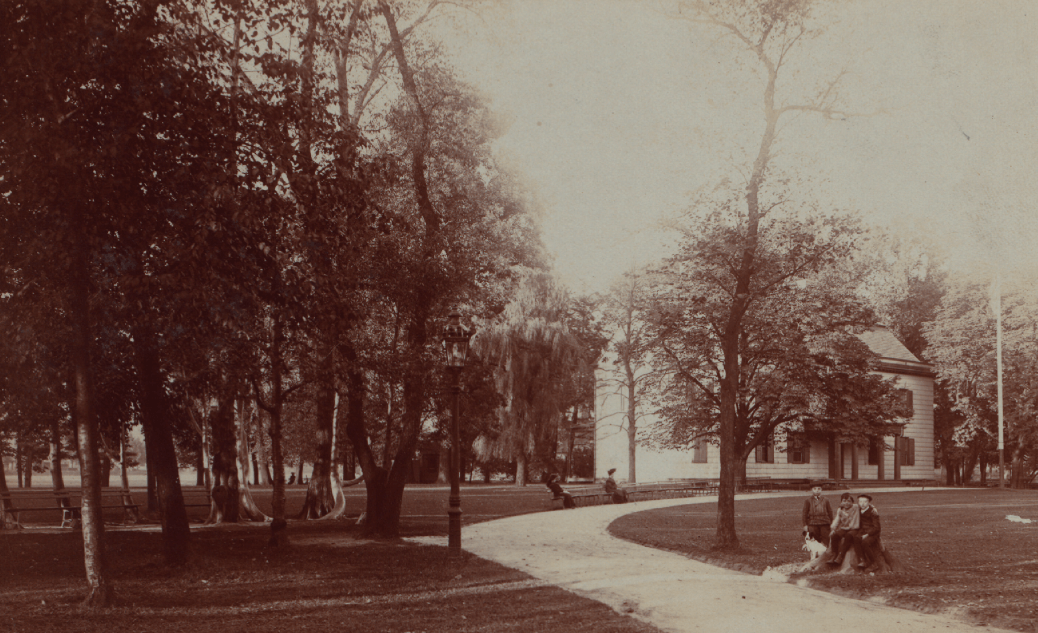
Returning from Britain after a stint as an ambassador, Rufus purchased a farmhouse in rural Jamaica in 1805. In a letter from the same year, Rufus described the house as “not fashionable, but convenient,” with a good outhouse and about 50 acres, enough land for farming.
The house that Rufus bought would pass to his son John in 1827 and then stay in the hands of descendants until 1896, when the last family resident passed away. Recognizing the significance of the site, the Village of Jamaica purchased it soon after for use as a museum.
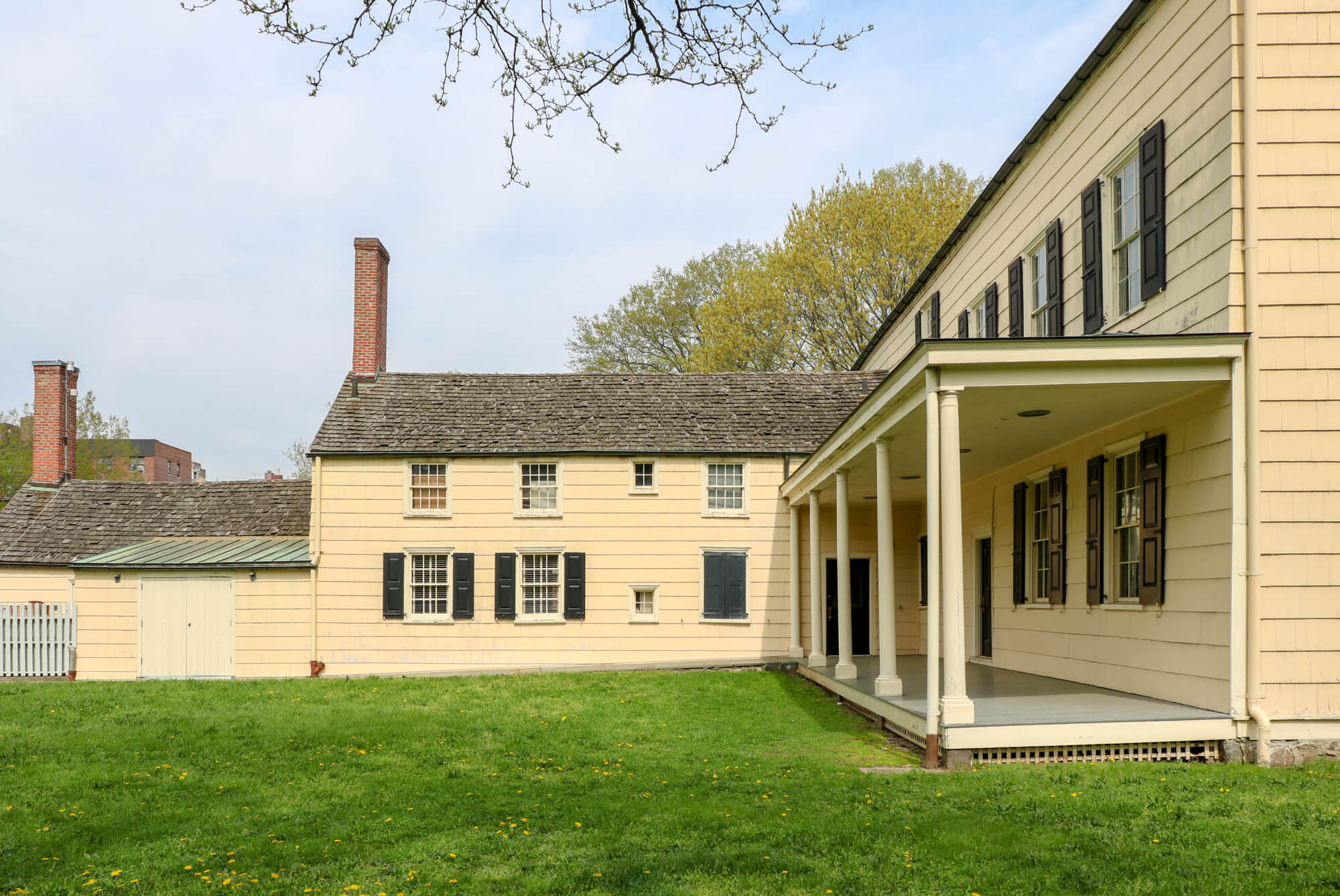
The house has been operated as a museum since 1900, and while no longer set within a farming landscape, it is still positioned amidst plenty of open space. Known as King Manor, the house is the centerpiece of the roughly 11-acre King Park, a heavily used green space with handball and basketball courts, a playground and plenty of benches from which to enjoy views of the house.
Visitors are able to explore a house that exists in basic form as it was altered by Rufus King. He added a kitchen wing, enlarged the dining room and made some changes to the bedrooms fairly soon after buying the property.
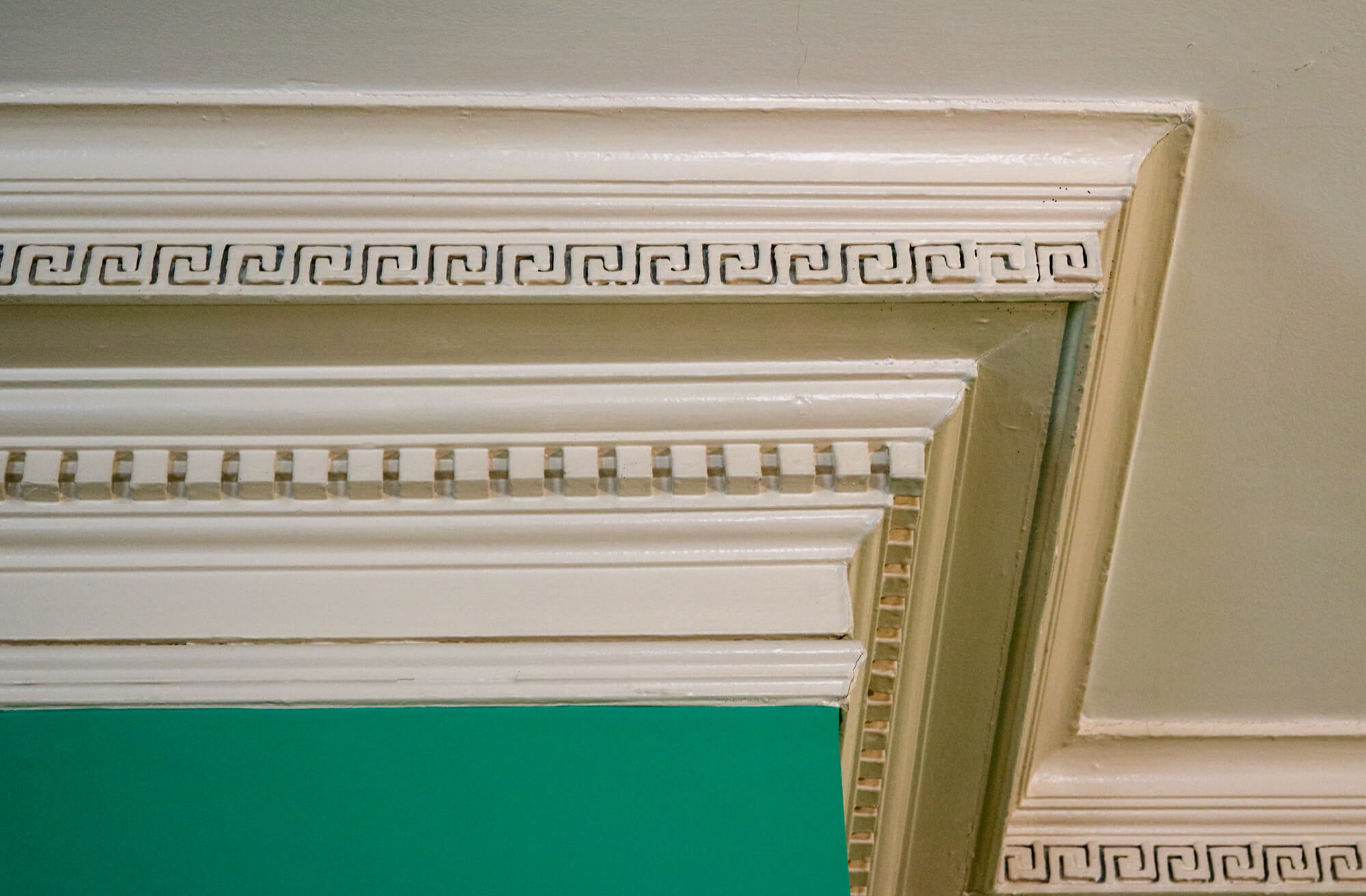
The house is not a humble workers farmhouse: Its wide center hall, sweeping stair and gracious proportions are more in keeping with a gentleman’s estate. The first floor interiors, with their Georgian and Federal details, were designated as a New York City interior landmark in 1976.
Now owned by the New York City Department of Parks & Recreation, it is operated by the King Manor Association of L.I. Inc. The association has an active school education program; organizes public events like lectures, concerts and hands-on activities; and undertakes collections care and interpretive projects at the site.
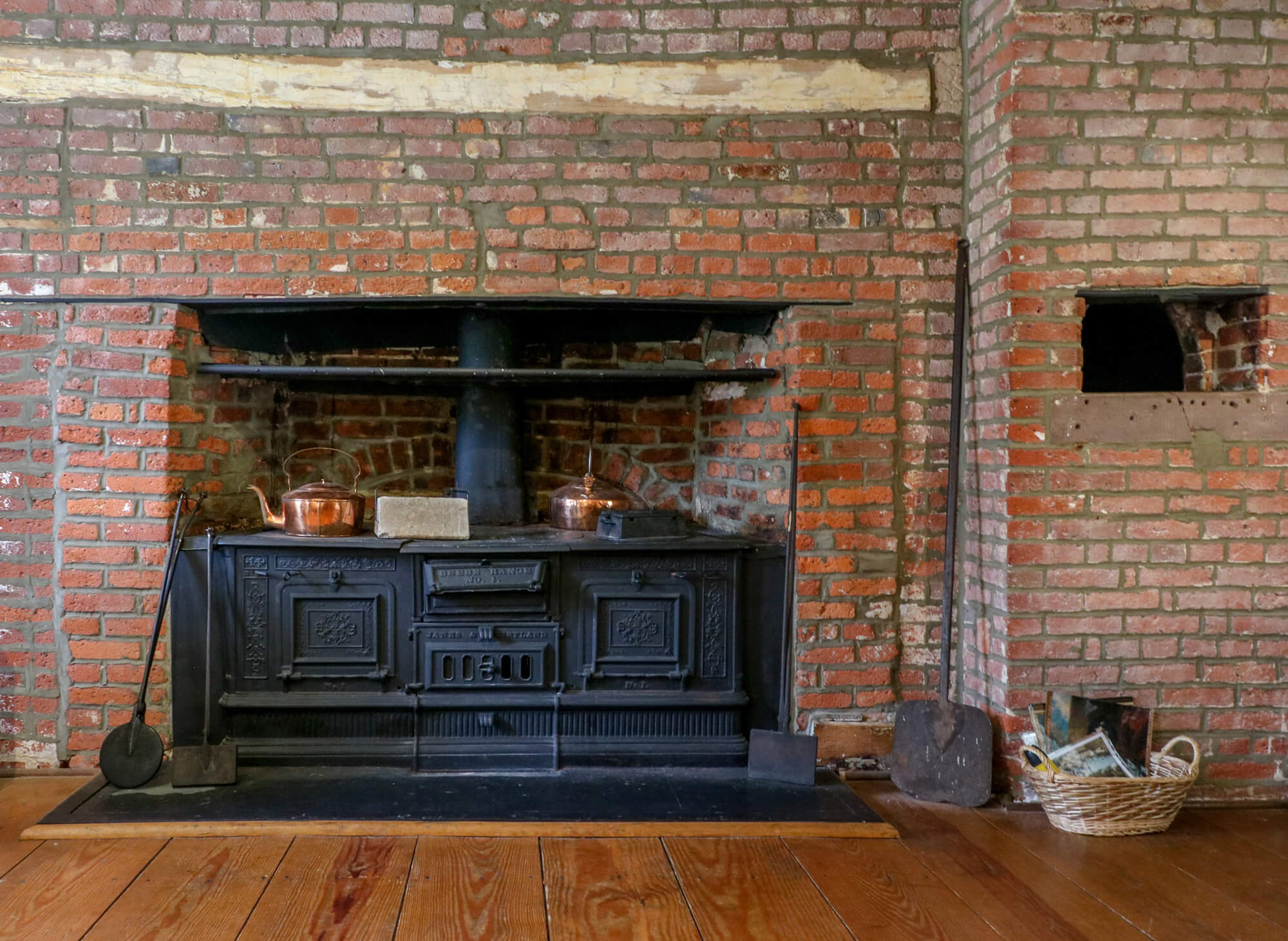
The collection includes about 1,400 objects from the late 18th to the mid 19th century, many with direct connections to the King family. There are also roughly 4,000 archaeological artifacts uncovered at digs around the site.
The house underwent a significant interior interpretation in the late 1980s, and many of the painted finishes are a result of analysis done during that time. Work continues as museum staff seeks to expand the understanding of the house and explore new stories to tell.

There’s a permanent exhibit with information on the house and family as well as simply furnished period rooms on the first and second floors. Some of the original bedrooms are off limits, although staff recently were able to reclaim one from use as a storage room and reopen it to visitors.
Now furnished as a family parlor, 19th century items from the collection are used in the space to tell the story of the house during the time of the John Alsop King family. The room is awaiting a reproduction carpet and wallpaper, which should be installed later this year.
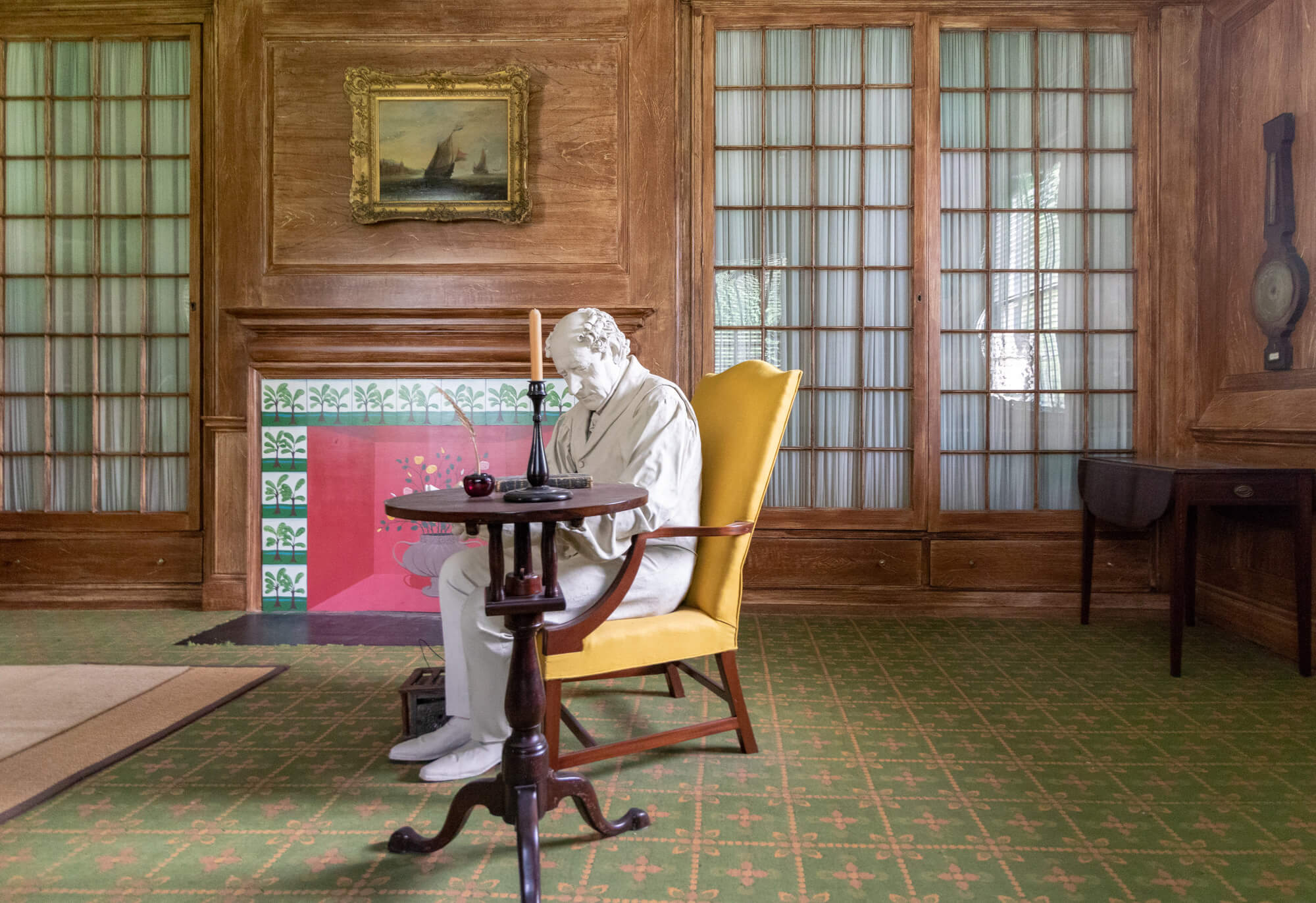
How to Visit
Address: King Park, 150-03 Jamaica Avenue, Jamaica, N.Y.
Hours: Guided tours are available February through December from noon to 2 p.m. Mondays through Fridays and 1 to 5 p.m. on Saturdays and Sundays. For more information on special programs, click here.
Admission: Tours are $5 for adults, $3 for seniors, students and members and free for children 16 and under.
Directions: The house is within walking distance of the E, J and F lines. From Brooklyn, you can also catch the LIRR to Jamaica at Atlantic Avenue. The house is less than a 10 minute walk from the station.

[Photos by Susan De Vries unless noted otherwise]
Related Stories
- Explore Brooklyn’s Oldest House, the Wyckoff Farmhouse, From Attic to Cellar (Photos)
- Delve Into the Time-Capsule Interiors of One of Brooklyn’s Oldest Houses (Photos)
- Designer Russel Wright’s Ode to Modern Living in the Landscape
Email tips@brownstoner.com with further comments, questions or tips. Follow Brownstoner on Twitter and Instagram, and like us on Facebook.

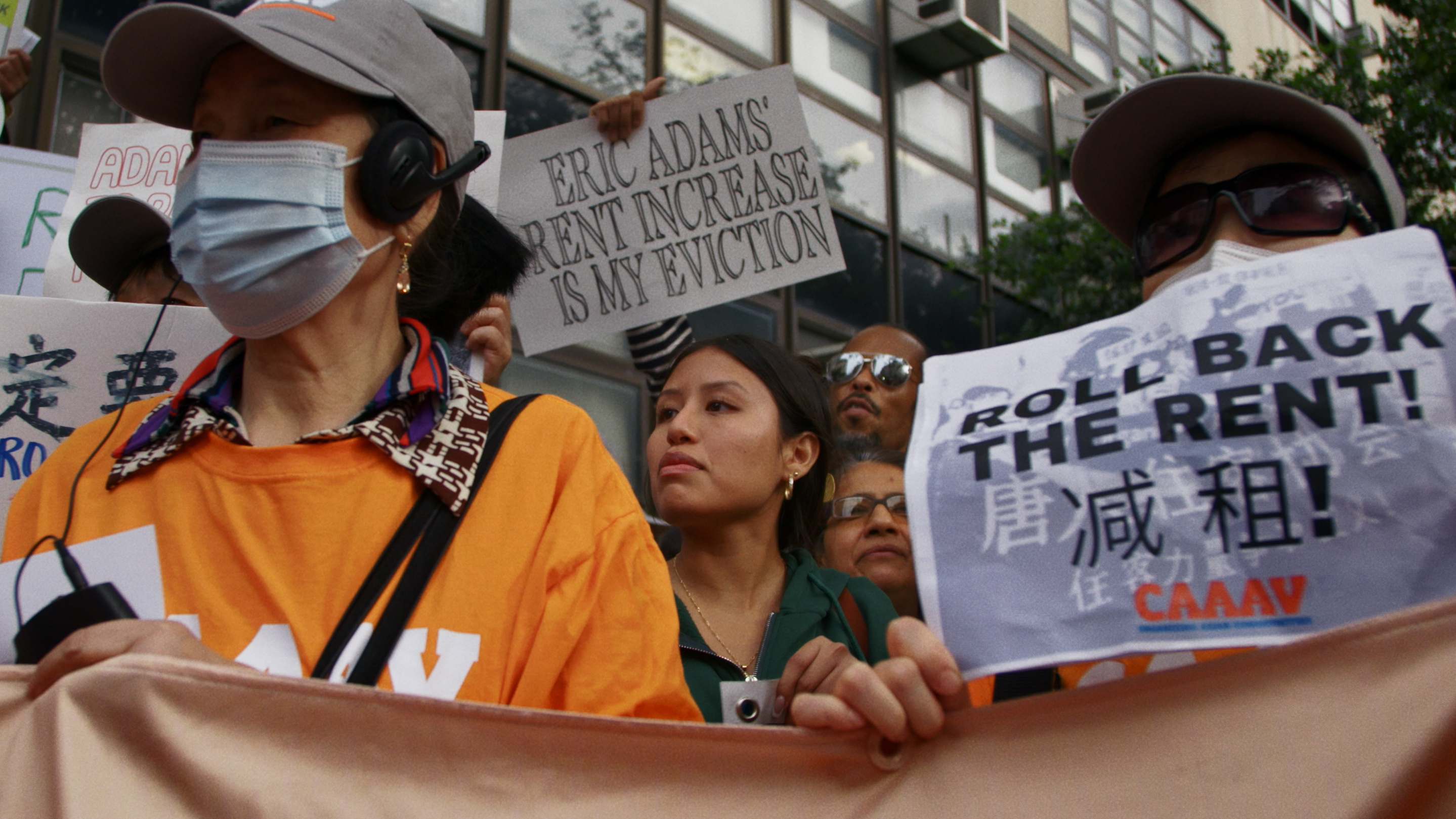
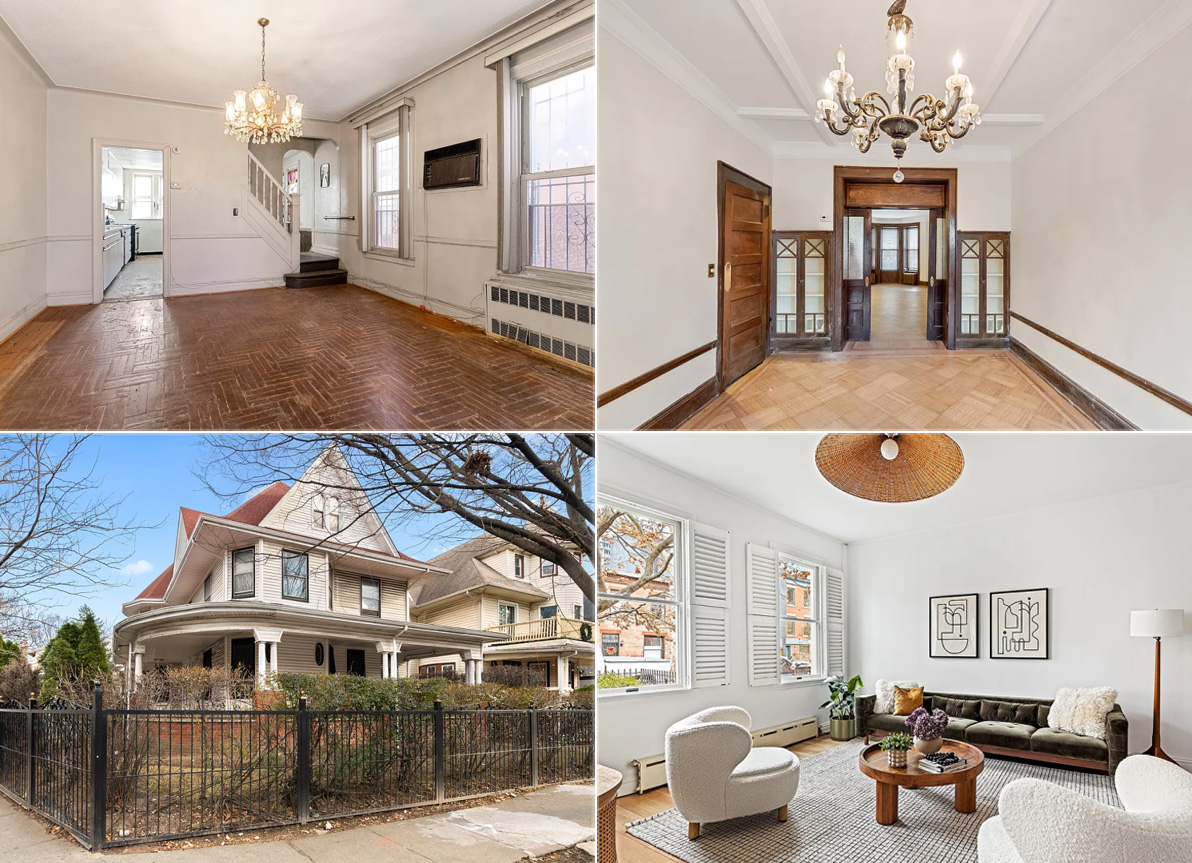
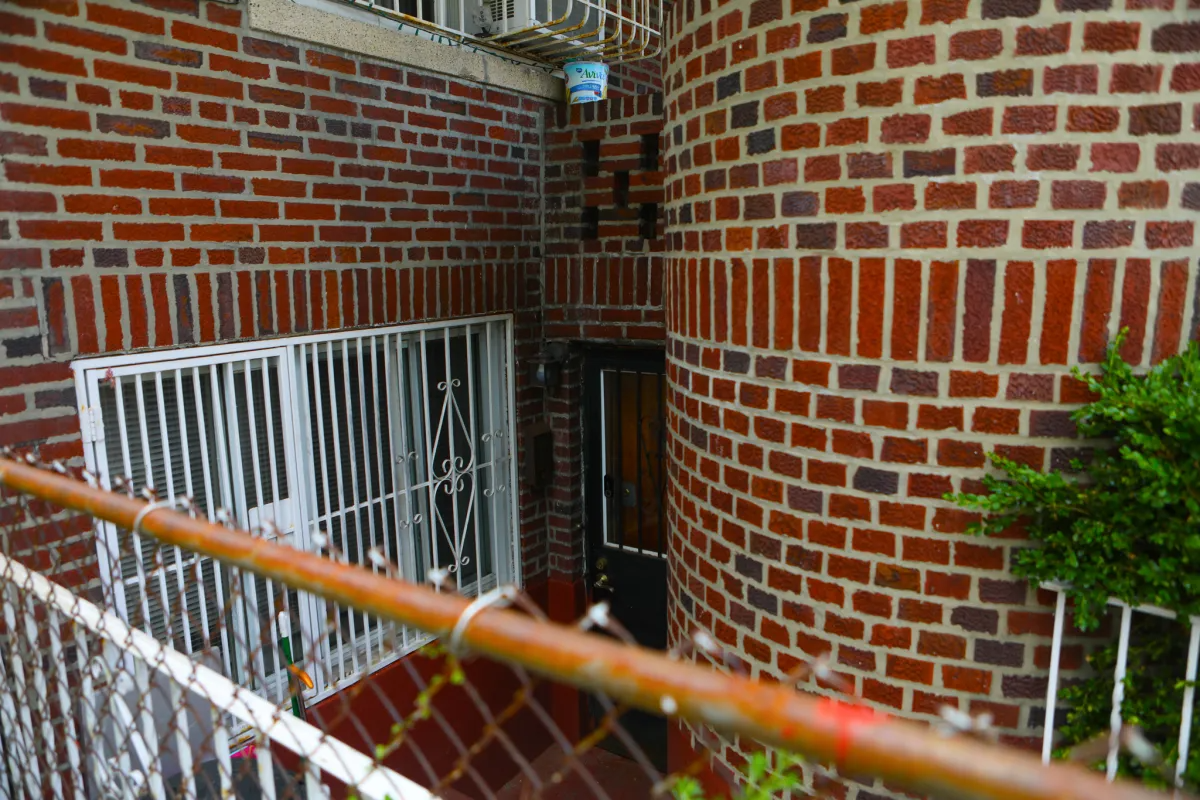
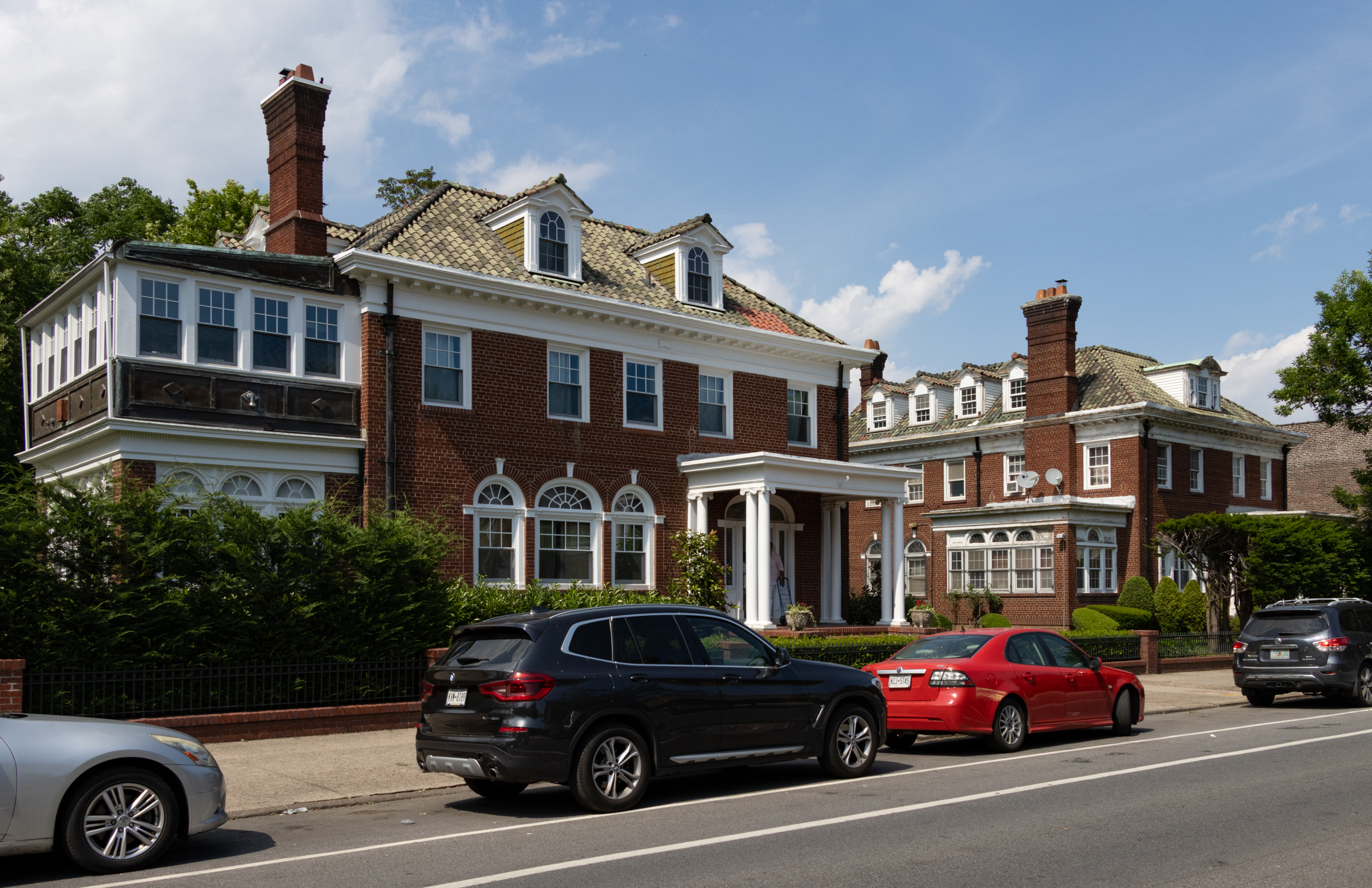
What's Your Take? Leave a Comment